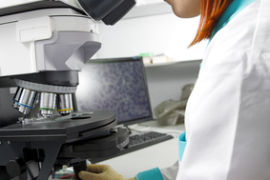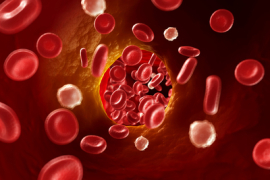Let’s face it. At this point, everybody knows and understands that inflammation is bad. You’d be hard pressed to go a single day without seeing a news story, pharmaceutical ad, or Huffington Post article about how to reduce inflammation. But at the same time, a crucial part of this war on inflammation is being overlooked.
Oral inflammation is the number one source of inflammation in humans, and the largest cause by far is oral biofilm.
Thanks to the tools developed during the time of the Genome Project, researchers have been able to delve into areas of microbiology we never thought possible. With these new tools, we are able to study unculturable bacteria and find out how they are able to cause problems for our health.
Back as far as 2005, a study published in Circulation found a “direct relationship between periodontal microbiology and subclinical atherosclerosis.”
And in a study published in 2011 in the Journal of the American College of Cardiology, researchers found that “periodontal disease is directly related to atherosclerotic inflammation.” Essentially, gum disease and the bacteria that cause it have a direct effect on inflammation around the heart.
With upwards of 80% of American adults suffering from some form of periodontal disease, why is this still one of the most commonly overlooked factors?
Physicians receive very little training with regard to the mouth; not to mention, they have the whole rest of the body to pay attention to. But with research coming out daily about the influence of oral inflammation on diabetes, cardiovascular disease, Alzheimer’s disease, and rheumatoid arthritis—just to name a few—it’s time for all healthcare professionals to pay attention to this small but important area of the body.
As Mark Penn, MD, PhD said at a recent cardiology symposium, “Don’t ever forget to look at periodontal disease as an important source of inflammation in reference to cardiovascular disease.”
Sources:
Positron Emission Tomography Measurement of Periodontal 18F-Fluorodeoxyglucose Uptake Is Associated With Histologically Determined Carotid Plaque Inflammation
Periodontal Microbiota and Carotid Intima-Media Thickness: The Oral Infections and Vascular Disease Epidemiology Study (INVEST)



